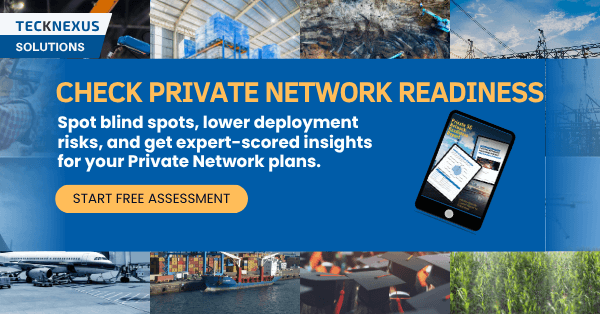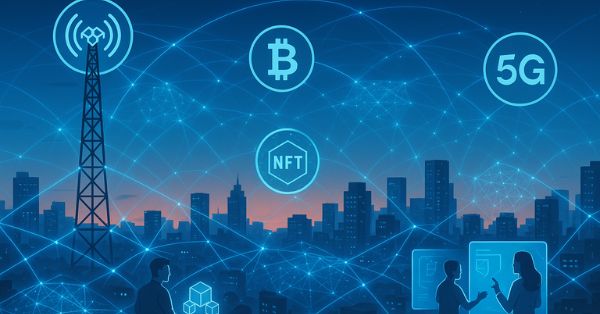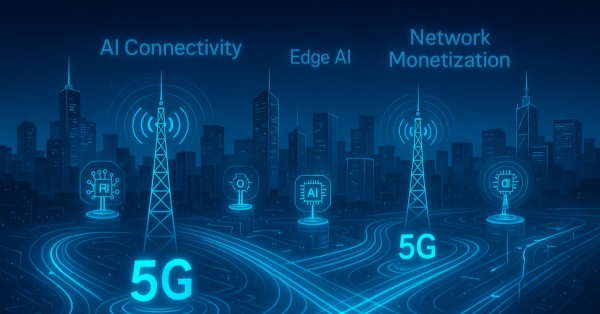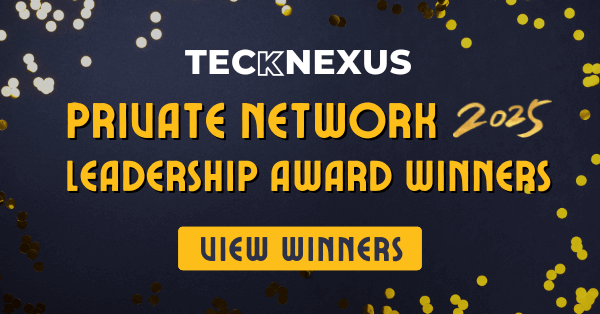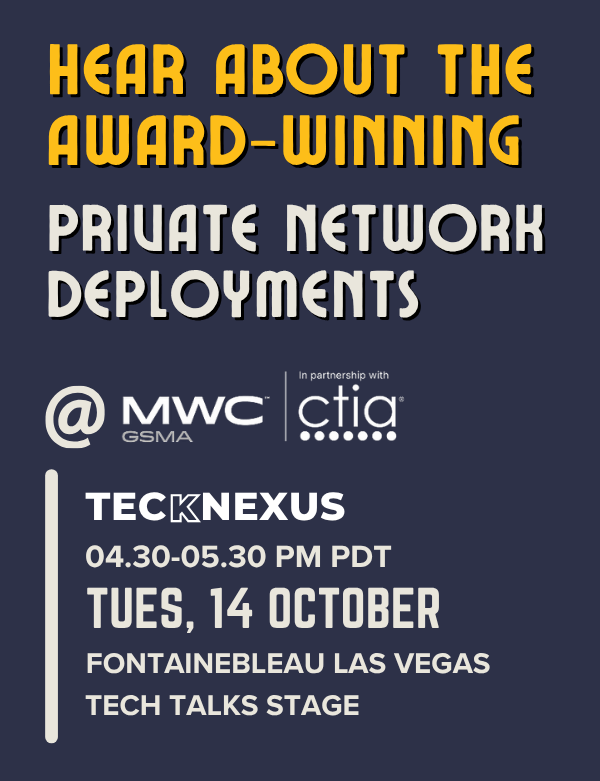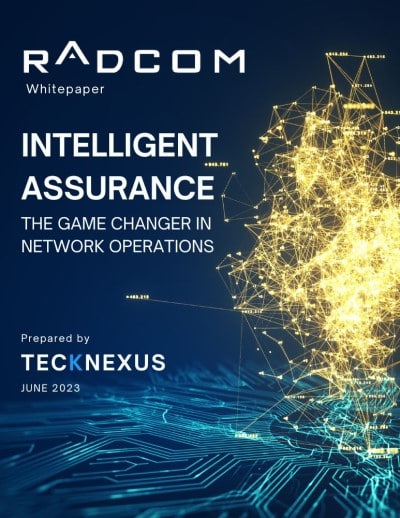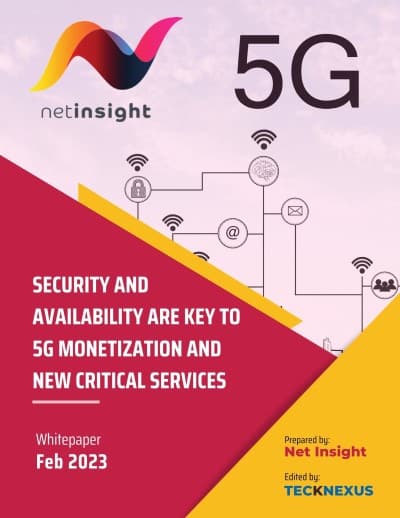AT&T Data Breach Settlement: What Happened and Why It Matters
AT&T has a proposed $177 million class-action settlement covering two major data incidents, and it spotlights growing third-party cloud risk in telecom data supply chains.
Two Data Incidents and Settlement Classes Explained
The settlement consolidates claims from two separate events tied to different data types and timelines.…
Telecom
Essential insights and practical tools for navigating private networks. Get Details.
Available on Amazon & Google Books
Subscribe To Our Newsletter
- Tech News & Insight
- May 27, 2025
- Hema Kadia
Web3 is redefining the telecom industry by introducing decentralized infrastructure, blockchain-based billing, smart contracts, NFTs, and digital identity. This article explores how telcos can evolve from connectivity providers to key players in Web3 ecosystems—offering programmable services, token economies, and secure, user-centric digital experiences.
- 5G, 6G, AI, AR, Blockchain, Edge/MEC, IoT, Metaverse, Sustainability, VR
- ATT, CBRS, China Mobile, Crypto, Dish Network, Fiber, Investment, LTE, MTN, NFT, Policy, SKT, Spectrum, T-Mobile, Telefonica, Verizon, Web3
- Agriculture, Education, HealthCare, Media and Broadcast, Retail, Telecom
- Tech News & Insight
- May 9, 2025
- Rohit Nambiar
Indoor 5G enables high-speed, low-latency connectivity in enclosed environments like offices, hospitals, and airports, supporting mission-critical applications and smart building operations. The market is driven by technological advancements in small cells, distributed antenna systems, and a mix of mmWave and Sub-6 GHz bands. Asia-Pacific leads in adoption due to smart city initiatives and government support. Picocells and antennas are key components, with growing demand in emerging economies fueled by subsidies and infrastructure upgrades. Recent developments include partnerships and acquisitions aimed at strengthening indoor 5G capabilities.
- Tech News & Insight
- May 2, 2025
- Hema Kadia
As AI workloads explode in complexity and scale, telecom providers face a $1B+ opportunity to evolve from traditional carriers into AI connectivity enablers. This article explores how telcos can monetize AI-driven traffic through dynamic network infrastructure, edge AI hosting, and cloud-like billing models tailored to modern enterprise demands.
- Tech News & Insight
- May 2, 2025
- Hema Kadia
The recent SK Telecom data breach, termed the industry’s worst by CEO Ryu Young-sang, led to a massive customer exodus and highlighted urgent cybersecurity needs. With 70,000 users lost, the telecom giant faces financial and legal challenges, emphasizing the critical role of robust data security measures.
- Tech News & Insight
- May 2, 2025
- Hema Kadia
In Q3 2025, Microsoft announced a robust revenue increase to $70.1 billion, driven by its cloud and AI segments. Highlights include a 20% surge in Microsoft Cloud revenue and Azure’s 33% growth, reflecting strong market demand for advanced cloud and AI capabilities.
- Tech News & Insight
- April 29, 2025
- Hema Kadia
COAI has endorsed MeitY’s move to address spam and scam communication from OTT apps. While telecom operators follow strict UCC rules, OTT platforms remain loosely regulated. COAI is advocating for uniform cybersecurity standards and clear regulatory roles to ensure user safety, particularly with emerging threats like steganography.
- Tech News & Insight
- April 28, 2025
- Robert James Armstrong
AI promises major gains for telecom operators, but most initiatives stall due to outdated, fragmented inventory systems. Discover why unified, service-aware inventory is the missing link for successful AI in telecom—and how operators can build a smarter, impact-ready foundation for automation with VC4’s Service2Create (S2C) platform.
- Tech News & Insight
- April 28, 2025
- Hema Kadia
Legacy broadband networks are struggling to meet today’s demands. Open architectures — modular, interoperable, and standards-based — are revolutionizing broadband by promoting flexibility, cost-efficiency, and faster innovation. Learn how service providers can leverage open broadband strategies to scale, improve customer experiences, and build resilient, future-proof infrastructures ready for the digital economy.
- Tech News & Insight
- April 28, 2025
- Hema Kadia
As networks grow more complex, traditional management models fall short. This article explores how AIOps (Artificial Intelligence for IT Operations) enables autonomous networks that self-configure, self-optimize, and self-heal. Learn how service providers can use AIOps frameworks to achieve predictive maintenance, dynamic resource management, enhanced customer experiences, and operational scalability to thrive in the era of 5G, IoT, and beyond.
- Tech News & Insight
- April 29, 2025
- Hema Kadia
The fiber, data center, and telecom sectors are evolving rapidly amid rising AI workloads, cloud expansion, edge computing, and new investment models. This article breaks down the key trends — from fiber deployments in rural markets to secondary data center expansions and telecoms shifting to platform-based services, that are reshaping digital infrastructure for a hyperconnected future.
Feature Your Brand with the Winners
In Private Network Magazine Editions
Sponsorship placements open until Oct 31, 2025
Explore Magazines
Promote your brand
TeckNexus Newsletters
I acknowledge and agree to receive TeckNexus communications in line with the T&C and privacy policy.
Whitepaper
This whitepaper explores seven compelling use cases of AI-infused automated service assurance solutions, encompassing anomaly detection, automated root cause analysis, service quality enhancement, customer experience improvement, network capacity planning, network monetization, and self-healing networks. Each use case explains how AI, when embedded in a tailored assurance solution powered by extensive...

Whitepaper
5G network rollouts are now sprouting around the globe as operators get to grips with the potential of new enterprise applications. Yet behind the scenes, several factors still could strongly impact just how transformative this technology will be in years to come. Ultimately, it will all boil down to one...

It seems we can't find what you're looking for.
Check Private Network Readiness
Industry Vertical Specific Deep-Dive Assessment

Manufacturing
$1500
250 questions based assessment and insights
$1500
Utilities
$750
65+ questions based assessment and insights
$750
Mining
$1000
160 questions based assessment and insights
$1000
Aviation
Coming Soon
75+ questions based assessment and insights
Coming Soon
Ports
Coming Soon
75+ questions based assessment and insights
Coming Soon* Prices does not include tax
Brand Connect
Amplify Your Brand & Boost Your Business
- Thought-Leadership Management
- Magazine Article
- Executive Interviews
- Whitepapers
- Research Reports
- Custom Research
- Blog Series
- Webinars
- Podcasts
- Advertorials
- Display Ads
- Event Partnership



